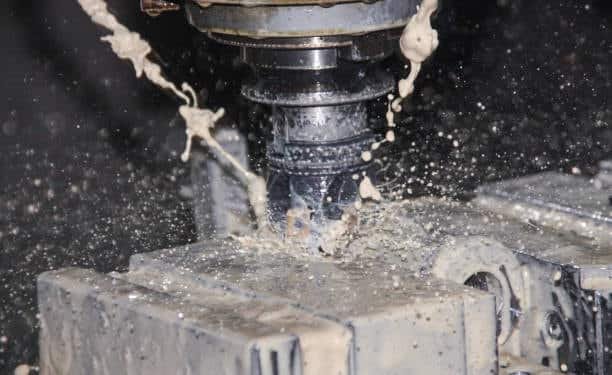What Are Cutting Fluids?
Cutting fluids are specialized liquids used in metalworking and machining processes to cool and lubricate the cutting zone. These fluids play a critical role in modern manufacturing by reducing friction between the cutting tool and workpiece, dissipating heat generated during machining operations, and flushing away chips and debris from the cutting area. Without proper cutting fluids, machining processes would be significantly less efficient, tools would wear out faster, and the quality of finished products would be compromised deliver cutting fluid.
The Historical Evolution of Cutting Fluids
The use of cutting fluids dates back to the 18th century when water was first employed to cool metal during machining. By the early 19th century, animal fats and vegetable oils were introduced as lubricants. The real breakthrough came in the late 19th century with the advent of petroleum-based cutting fluids. Throughout the 20th century, cutting fluid technology advanced significantly with the development of synthetic and semi-synthetic formulations, and today’s cutting fluids are highly specialized chemical formulations designed for specific applications and materials.
Types of Cutting Fluids
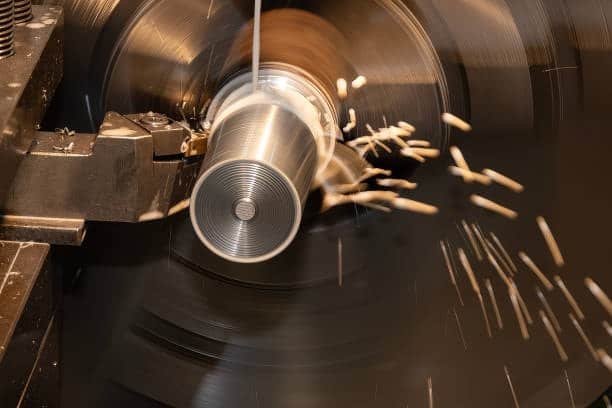
Straight Oils
Straight oils, also called neat oils, are non-water-soluble cutting fluids composed primarily of mineral oils. They may contain additives such as fatty oils, vegetable oils, and extreme pressure additives. These fluids provide excellent lubrication to reduce tool wear but limited cooling capacity. They’re ideal for low-speed, high-pressure operations where lubricity is more important than cooling.
Soluble Oils (Emulsions)
Soluble oils are mineral oil-based fluids containing emulsifiers that allow them to mix with water to form stable emulsions. Typically diluted with water at ratios ranging from 1:10 to 1:40, these fluids provide a good balance of cooling and lubrication properties. They’re widely used in general machining operations due to their versatility and moderate cost.
Semi-Synthetic Fluids
Semi-synthetic fluids contain both mineral oil (5-30%) and synthetic components. When mixed with water, they form a microemulsion or translucent solution. These suitable cutting fluids offer better cooling capacity than straight oils, improved lubricity compared to synthetics, good rust protection, and longer service life than soluble oils. They’re suitable for moderate to heavy-duty machining operations.
Synthetic Fluids
Synthetic fluids contain no mineral oil and are completely water-soluble. They’re formulated from synthetic lubricants, corrosion inhibitors, and other chemical additives. These fluids provide superior cooling properties, excellent microbial resistance, and good filterability. They’re ideal for high-speed machining operations where heat dissipation is critical.
Key Components of Cutting Fluids

Most metalworking fluids, known as cutting fluids, contain several essential components that contribute to their performance:
- Base oils (mineral oils or synthetic alternatives)
- Emulsifiers to ensure stable mixtures with water
- Corrosion inhibitors to protect workpieces and machinery
- Extreme pressure additives to enhance performance under high pressures
- Biocides to prevent bacterial and fungal growth
- Anti-foaming agents to reduce foam formation
- Surfactants to improve wetting and detergency
The Critical Functions of Cutting Fluids
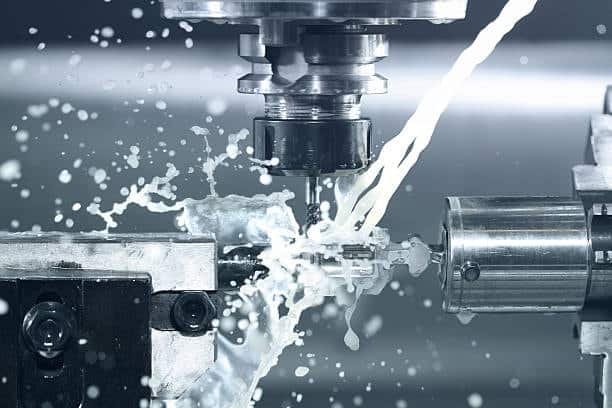
Cooling Function
The primary function of many cutting fluids is cooling. During machining operations, temperatures at the cutting zone can reach several hundred degrees Celsius, which can damage cutting tools and affect workpiece properties. Cutting fluids absorb and dissipate this heat, allowing for higher cutting speeds and extended tool life.
Lubrication Function
Cutting fluids reduce friction between the cutting tool, workpiece, and chip by forming a protective film between the surfaces. This lubrication effect from machining fluids reduces the energy required for machining, minimizes tool wear, and improves surface finish quality of the workpiece.
Chip Removal Function
Effective cutting fluids help flush away chips and swarf from the cutting zone, preventing re-cutting of chips which can damage both the tool and workpiece surface. This is particularly important in operations like drilling and tapping where chip evacuation is challenging.
Corrosion Protection Function
Many cutting fluids contain rust inhibitors and other additives that provide temporary corrosion protection to both the workpiece and machine tool components. This is especially important when machining ferrous materials that can quickly develop rust if left unprotected.
Selecting the Right Cutting Fluid for Different Materials
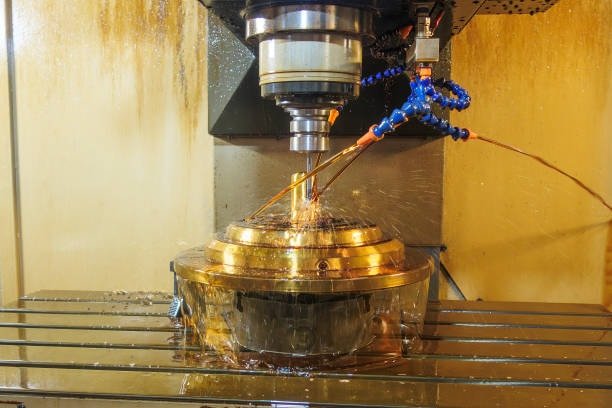
Cutting Fluids for Ferrous Metals
When machining carbon steels and cast iron, soluble oils and semi-synthetic fluids typically perform well. For stainless steels and high-temperature alloys, cutting fluids with enhanced extreme pressure additives are recommended to handle the higher cutting forces and heat generation.
Cutting Fluids for Non-Ferrous Metals
Aluminum and copper alloys often benefit from straight oils or low-concentration soluble oils to prevent staining and improve surface finish. Magnesium requires special consideration as it can react with water-based fluids, so specialized non-water-based cutting fluids are necessary.
Cutting Fluids for Exotic Materials
Titanium, Inconel, and other exotic alloys generate significant heat during machining and benefit from cutting fluids with superior cooling properties and extreme pressure additives. Synthetic fluids with specific formulations are often used for these challenging materials.
Environmental and Health Considerations
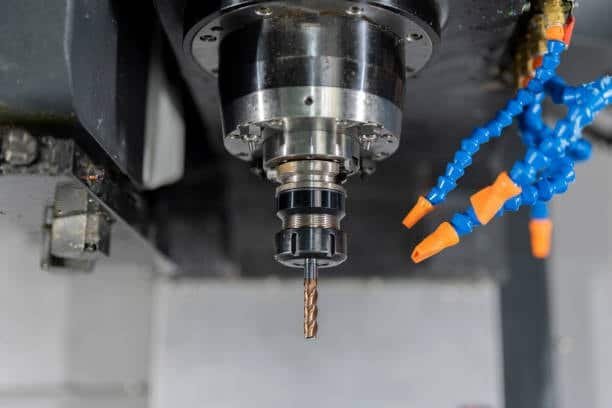
Modern cutting fluid development increasingly focuses on environmental sustainability and operator health. Traditional cutting fluids can pose environmental hazards through disposal and potential workplace health risks through skin contact and mist inhalation. This has led to the development of bio-based cutting fluids derived from vegetable oils and other renewable resources, which offer biodegradability and reduced health hazards while maintaining performance standards.
Cutting Fluid Management and Maintenance
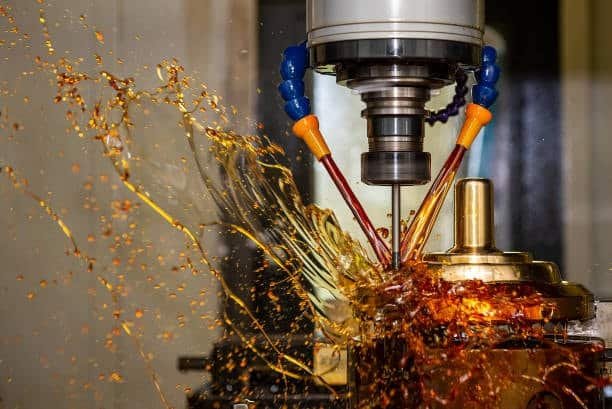
Monitoring Cutting Fluid Concentration
Maintaining proper concentration is crucial for optimal cutting fluid performance. Too concentrated, and the fluid may cause foaming, residue, and increased costs; too dilute, and it may provide insufficient lubrication, corrosion protection, and microbial resistance. Regular monitoring with refractometers or other measurement tools is essential to optimize machining performance .
Controlling Microbial Growth
Water-based cutting fluids provide an ideal environment for bacterial and fungal growth, which can degrade fluid performance, create unpleasant odors, and pose health risks. Regular monitoring of microbial levels, maintenance of proper concentration, and timely addition of biocides when necessary can prevent skin irritation and these issues.
Filtration and Recycling Systems
Modern machining operations often incorporate sophisticated filtration systems to remove particulates, tramp oils, and other contaminants from cutting fluids. These systems extend fluid life, improve machining performance, and reduce disposal costs. Recycling systems can further reduce environmental impact and operating costs.
Emerging Trends in Cutting Fluid Technology

Minimum Quantity Lubrication (MQL)
MQL systems apply tiny amounts of cutting fluid (typically less than 50 ml per hour) directly to the cutting zone as an aerosol. This approach significantly reduces fluid consumption while still providing necessary lubrication, making it an environmentally friendly alternative to flood cooling for certain applications.
Cryogenic Cooling
Cryogenic cooling uses liquid nitrogen or carbon dioxide to rapidly cool the cutting zone. This technique offers exceptional cooling capabilities without the environmental concerns associated with traditional cutting fluids, though it provides minimal lubrication and requires specialized delivery systems.
Dry Machining
Advances in cutting tool materials and coatings have made dry machining viable for some applications. This approach eliminates cutting fluids entirely, avoiding associated costs and environmental issues, but typically requires reduced cutting speeds and specialized tooling to manage the higher temperatures generated.
Economic Impact of Proper Cutting Fluid Selection
The choice of cutting fluid significantly impacts manufacturing economics. While cutting fluids typically represent only 3-4% of machining costs, they influence tool life, productivity, and quality—factors that represent much larger portions of total cost. Studies show that proper fluid selection and management can enhance machining efficiency and reduce overall manufacturing costs by 10-20% through extended tool life, increased productivity, improved part quality, and reduced waste disposal costs.
Common Troubleshooting Issues with Cutting Fluids

Foaming Problems
Excessive foaming can lead to poor cooling and lubrication, machine cleanliness issues, and fluid overflow. Common causes include high concentration, soft water, contamination, or excessive agitation. Solutions include adding defoamers, correcting concentration, and reviewing system design to minimize turbulence.
Rancidity and Odor Issues
Unpleasant odors often indicate bacterial contamination in water-based cutting fluids. Regular monitoring, biocide addition, proper concentration control, and good housekeeping practices can prevent these issues.
Corrosion Problems
Corrosion of workpieces or machine components may result from insufficient corrosion inhibitors, incorrect concentration, or contamination. Regular monitoring of fluid pH and concentration, along with proper fluid maintenance, can minimize corrosion issues.
Disposal and Environmental Compliance
Cutting fluid disposal is strictly regulated in most jurisdictions. Proper disposal typically requires treatment to separate oils, heavy metals, and other contaminants before discharge. Many facilities use evaporation, ultrafiltration, or chemical treatment systems to process waste cutting fluids. Working with qualified waste management providers ensures compliance with environmental regulations.
Future Directions in Cutting Fluid Research
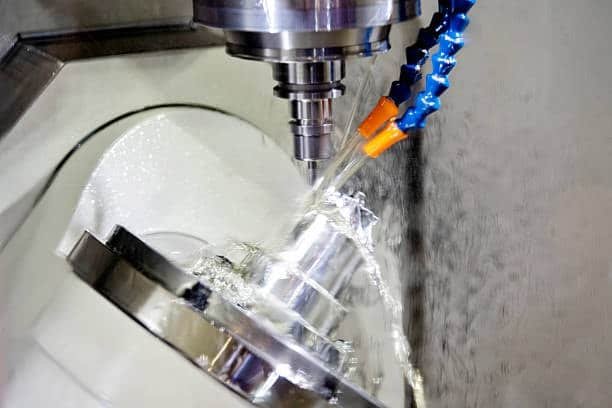
Research continues to focus on developing cutting fluids with enhanced performance, reduced environmental impact cnc machining
, and improved operator safety. Areas of active investigation include:
- Nano-enhanced cutting fluids incorporating nanoparticles for improved heat transfer and tool life
- Bio-based cutting fluids from renewable sources with improved biodegradability cutting process
- Hybrid cooling-lubrication systems combining different technologies for optimized performance
- Smart cutting fluids with self-monitoring and adaptive properties
Case Studies: Cutting Fluid Success Stories
Manufacturing facilities that have implemented comprehensive cutting fluid management programs report significant benefits. For example, an aerospace components manufacturer reduced cutting fluid consumption by 60% and succeeded in enhancing tool life by 40% after transitioning to a properly managed semi-synthetic fluid system health and safety risks. Similarly, an automotive parts supplier decreased scrap rates by 15% and improved surface finish quality by implementing a filtered recycling system for their cutting fluids.
Conclusion
Cutting fluids remain an essential element in modern manufacturing processes despite advances in dry machining and minimum quantity lubrication technologies. The right cutting fluid for metal cutting , properly applied and maintained, can dramatically improve machining performance, extend tool life, enhance surface quality, and reduce overall manufacturing costs synthetic cutting fluids. As environmental and health concerns continue to shape industrial practices, cutting fluid technology will evolve toward more sustainable and operator-friendly formulations while maintaining or improving performance characteristics.



